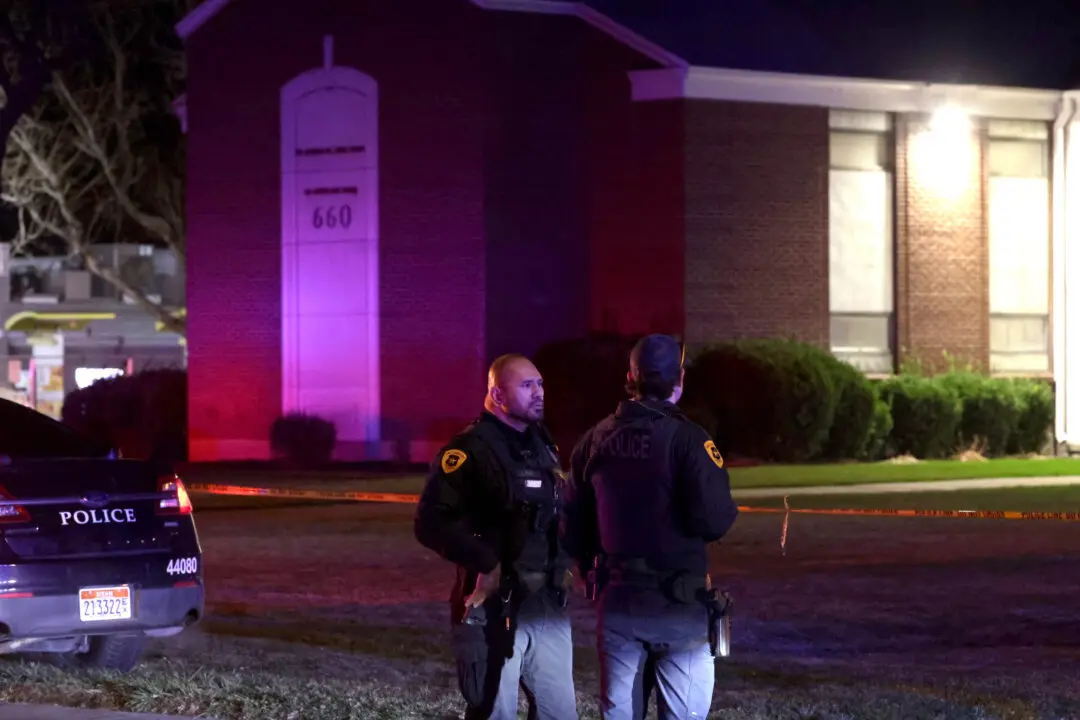MEXICO CITY—Mexican officials say Sean Penn’s contacts with drug lord Joaquín “El Chapo” Guzmán helped them track the fugitive down—even if he slipped away from an initial raid on the hideout where the Hollywood actor apparently met him.
Penn’s article on Guzmán was published late Saturday, Jan. 9, by Rolling Stone magazine, a day after Mexican marines captured the world’s most wanted kingpin in a raid on the city of Los Mochis near the Gulf of California.
Penn wrote of elaborate security precautions, but also said that as he flew to Mexico on Oct 2 for the meeting, “I see no spying eyes, but I assume they are there.”
He was apparently right.
A Mexican federal law enforcement official, speaking on condition of anonymity because he was not permitted to comment on the issue, told The Associated Press the Penn interview led authorities to Guzmán in the area of Tamazula, a rural part of Durango state.





